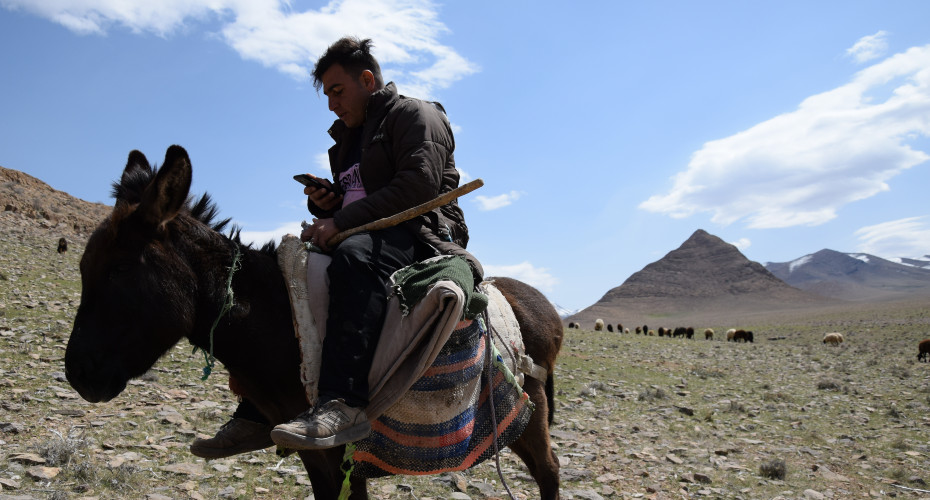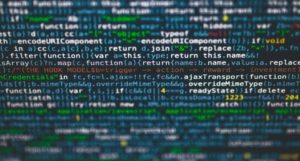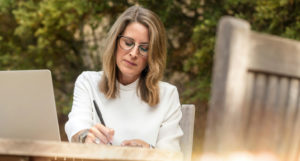Moving exhibition shows encroachment of smartphone addiction into rural Iran

Ali navigated the valley’s many layers of mountains and dried riverbeds in search of a signal while working as a shepherd for a local farmer
A moving new exhibition shows the encroachment of smartphone addiction into rural Iran, and the surreal impact of the internet on remote communities.
Professor Maziyar Ghiabi spent a decade observing the arrival of 3G and 4G on families in the 70 Peaks Valley in central Iran.
Despite the country’s isolation from the global capitalist economy there is a vibrant digital platform economy.
Professor Ghiabi, Director of the Centre for Persian and Iranian Studies and an anthropologist of health at the University of Exeter, observed how the arrival of wifi transformed life not only in urban areas but also for those living in remote environments, producing deep-seated cultural and social shifts.
These changes are shown in the new photographic exhibition and video documentary featuring an unlikely protagonist: Ali, a young shepherd living in a remote village in the valley with his father, mother, younger brother and sister.
Ali spent the 2010s building up a Telegram chat – then the leading social messaging service in Iran – group of 5,000 members, carefully tending an active and vibrant online life, which he described with the term majāzi — “the virtual.”
Telegram chats in Iran have been partly overtaken by TikTok, Instagram Reels, and AI-generated images.
Professor Ghiabi said: “Everywhere I looked, in Iran as well as in Europe existence without smartphones had become unthinkable.
“The exhibition invites viewers to pause and reflect on the way the shepherd’s experience resonates with a universal human condition: being online, staying connected, and engaging in the repetitive, often endless act of scrolling. The smartphone becomes a site of projection — of love, longing, and desire — toward distant places and lifestyles far removed from the shepherd’s humble daily existence.
“Through apps like Snapp — Iran’s equivalent of Uber — people could order taxis, book party venues and DJ sets, or purchase food, alcohol, illegal drugs, and even sex workers via Telegram and Instagram. Digital media made desire faster, easier, and more accessible than ever. But there was a price to pay. Everyone started to desire everything. And, because in the sanctioned economy of Iran everything was out of reach for most, most people either pretended to have it in their virtual world or complained about not having.”
Ali navigated the valley’s many layers of mountains and dried riverbeds in search of a signal while working as a shepherd for a local farmer. He was careful not to drain his smartphone battery, fearing he might miss the latest developments in his Telegram chat. It was not unusual for him to cut short an outing with the sheep to return to his room and charge his phone. When he lost connection, Ali would lead his flock away from the traditional route toward new grounds where the internet was stronger and more reliable. His employer tried, with little success, to set rules for his phone use. Eventually, the farmer bought him a power bank.
Ali was given his first smartphone by his father in his early 20s when he went to Tehran to search for work, in the hope it would help him to make money. He returned home after his business failed but brought back the Telegram chat with him. In the capital, he had met friends who invited him to a group, and over time he became its manager (modīr).
The family had other experience of addiction. Ali’s younger brother, Amir has struggled with drug addiction over the years. Their father, Javad, was never short of praise for Amir, his youngest son, even though his drug addiction had caused them worry and troubles. His real concern was Ali, who had never so much as touched a cigarette. ‘His head is on the phone all the time, even at night!’ he said.
The exhibition is based on a longer project which will be published as a book titled The Virtual Shepherd: love and screen addiction at the end of the world.
The exhibition and video-documentary, on display at the University of Exeter, were supported by The Wellcome Trust and by the Philip Leverhulme Prize. This work is also part of the Healthscapes.co.uk initiative at the University of Exeter.



